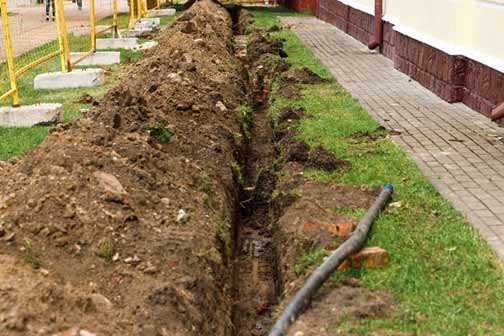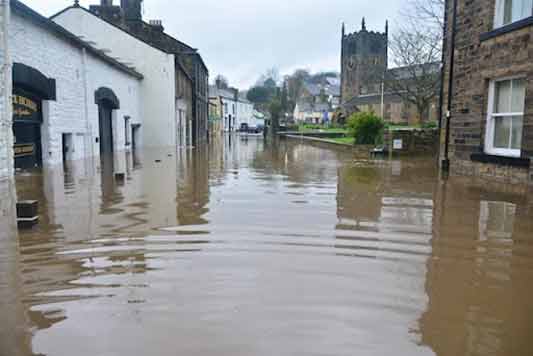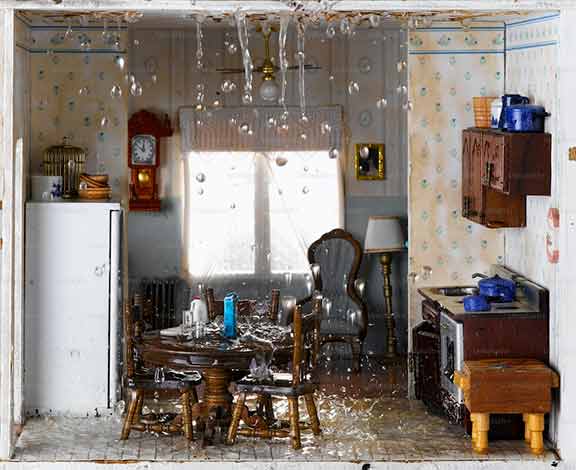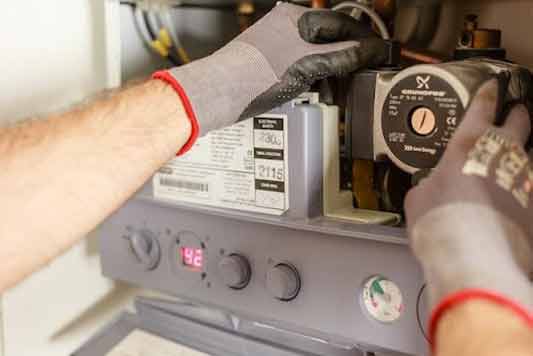Understanding the Critical Importance of Flood-Proofing Your Home
Flood-proofing your home is not merely a precautionary measure; it is a vital step in safeguarding your most significant investment and ensuring the safety and well-being of your family. As climate change continues to drive more frequent and severe weather events, the threat of flooding is becoming increasingly common. By taking proactive measures, you can minimize potential damage and reduce the emotional and financial toll that floods can impose on your life. Understanding the importance of flood-proofing is the first step toward protecting your home from this growing threat.
Assessing Your Home’s Unique Vulnerability to Flooding
The initial step in flood-proofing your home is to gain a comprehensive understanding of its vulnerability to flooding. This involves a thorough evaluation of your geographical location, identifying potential flood zones in your area, and assessing the structural integrity of your home. Consider factors such as the elevation of your property, its proximity to water bodies, and historical flood data for your region. By understanding these elements, you can develop a tailored flood-proofing strategy that addresses the specific risks your home faces, ensuring a more effective and targeted approach to flood protection.
Implementing Robust and Effective Drainage Systems
A robust and effective drainage system is crucial in preventing water from accumulating around your home, which can lead to flooding. Start by ensuring that your gutters and downspouts are clean, unobstructed, and in good condition. Consider installing additional drainage solutions such as French drains or a sump pump to efficiently redirect water away from your foundation. Additionally, grading your landscape to slope away from your home can significantly reduce the risk of water infiltration. Regular maintenance of these systems is essential to ensure they function properly during heavy rainfall, providing you with peace of mind during stormy weather.
Sealing and Reinforcing Your Home’s Structure Against Floodwaters
To protect your home from the damaging effects of floodwaters, it is important to seal and reinforce its structure. Apply waterproof sealants to your basement walls and floors to prevent water seepage. Reinforce doors and windows with flood barriers or shields to keep water out. Consider elevating critical utilities such as electrical panels, HVAC systems, and water heaters above potential flood levels. These measures can significantly reduce the risk of water damage and ensure the safety of your home during a flood, providing a strong defense against the elements.
Investing in Durable Flood-Resistant Materials for Your Home
Using durable flood-resistant materials in your home can greatly enhance its resilience to flooding. Opt for flooring materials such as ceramic tiles, concrete, or vinyl, which are less susceptible to water damage compared to wood or carpet. Choose water-resistant insulation materials and consider using flood-resistant drywall in areas prone to flooding. These materials not only reduce the risk of damage but also facilitate easier cleanup and restoration after a flood event, ensuring that your home remains livable and safe even after severe weather.
Understanding Insurance and Emergency Preparedness for Flood Events
While physical flood-proofing measures are essential, it is equally important to have adequate insurance coverage and an emergency preparedness plan in place. Review your homeowner’s insurance policy to ensure it includes flood coverage, as standard policies often do not cover flood damage. Familiarize yourself with the claims process and keep important documents in a waterproof container. Additionally, create an emergency kit with essentials such as food, water, medications, and first aid supplies. Establish a family communication plan to ensure everyone knows what to do in the event of a flood, providing a comprehensive approach to flood preparedness.

Create an emergency kit with essentials such as food, water, medications, and first aid supplies.
Engaging with Your Community for Flood Preparedness and Support
Flood-proofing is not just an individual effort; it is a community endeavor. Engage with your local community to share resources and knowledge about flood preparedness. Participate in community initiatives aimed at improving flood resilience, such as tree planting or wetland restoration projects. By working together, communities can build stronger defenses against floods and support each other in times of need. Community engagement not only enhances individual preparedness but also fosters a sense of solidarity and mutual assistance in the face of natural disasters.
Continuous Monitoring and Adaptation of Flood-Proofing Measures
Flood-proofing is an ongoing process that requires continuous monitoring and adaptation. Stay informed about the latest flood-proofing techniques and technologies. Regularly inspect your home and its flood defenses to identify any weaknesses or areas for improvement. As climate patterns change, be prepared to adjust your flood-proofing strategies to meet new challenges. By remaining vigilant and proactive, you can ensure that your home remains protected against the threat of flooding, adapting to evolving circumstances and maintaining a resilient defense.
Conclusion: Building a Resilient Future Through Comprehensive Flood-Proofing
Flood-proofing your home is a crucial investment in building a resilient future. By understanding the risks, implementing effective measures, and engaging with your community, you can safeguard your home and loved ones from the devastating impacts of floods. Remember, the key to successful flood-proofing is a combination of preparation, adaptation, and collaboration. By taking these steps, you are not only protecting your property but also contributing to a safer and more resilient community. Together, we can build a future that is better equipped to withstand the challenges posed by our changing climate.





